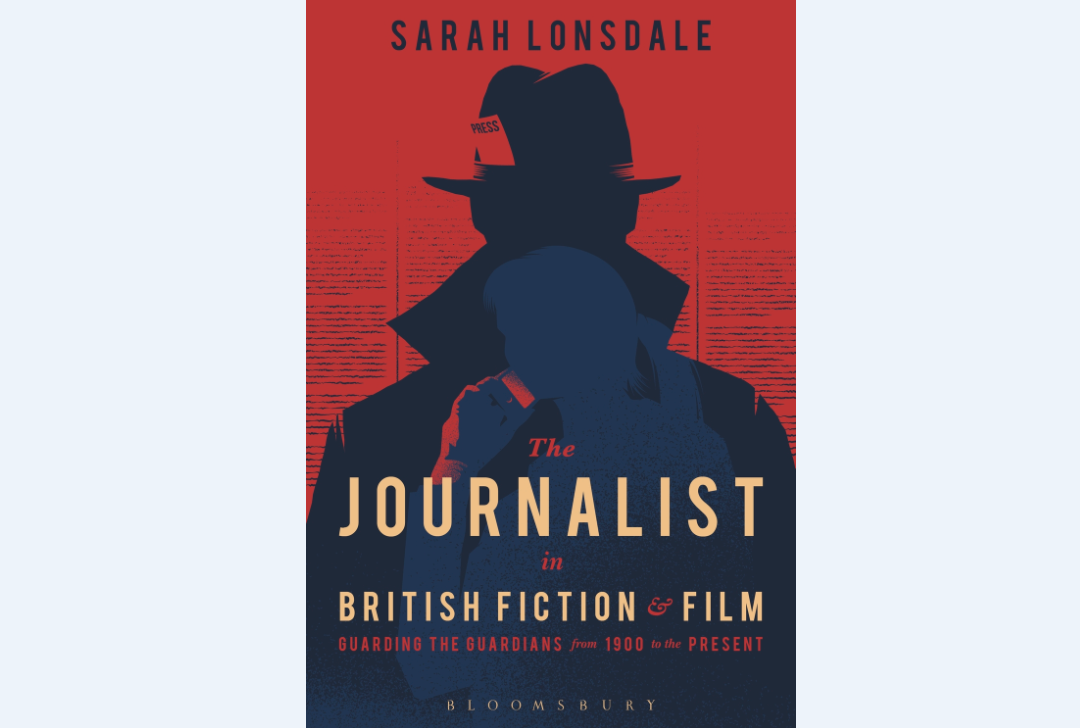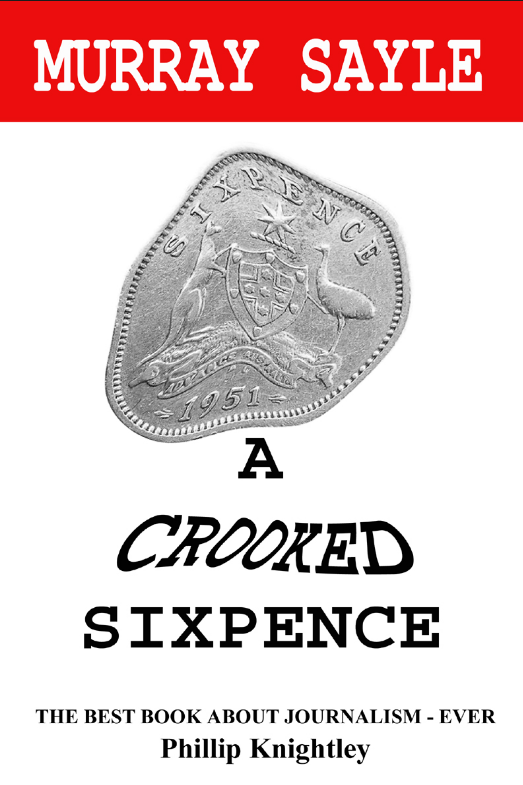
You’ve probably all read about William Boot, the “idiot savant” country writer in Evelyn Waugh’s Scoop, whose bucolic prose-style has yet to find an equal: “Feather-footed through the plashy fens passes the questing vole…”
But of the dozens of fictional journalists created by practising or some-time journalists (Waugh had an unsuccessful work experience trial at the Daily Express), which are the best?
For my new book, The Journalist in British Fiction and Film: Guarding the Guardians from 1900 to the Present I read nearly 160 novels, plays and poems by and about journalists. Here are my top ten (apart from Boot).
- Andrew ‘Ming’ Menzies, a crazed, alcoholic reporter on the Hamport Recorder, always teetering on the edge of a nervous breakdown in Gordon M. Williams dark mid-century tale of sensational journalism, The Upper Pleasure Garden (1970). Ming tries to quit journalism but realises he is perfectly suited to “the only job where they paid you a wage for finding men who built the Taj Mahal out of empty beer bottles”.
- Magda Burke, freelance journalist and illustrator, and the first fictional woman sports reporter, in Dolf Wyllarde’s The Pathway of the Pioneer (1906) a kind of New Grub Street for women.
Magda, the daughter of “an artistic failure” who needs to earn her own living, is sent to cover a Test Match at Lord’s but, being female, is not allowed to sit with the rest of the press. She nevertheless gets the best ‘colour’ story of the match because she sits with, and talks to, ordinary cricket punters. - Eleanor Denbigh, the daughter of a cash-strapped aristocrat who gets out of an unwanted marriage proposal by taking up freelance journalism in Adeline Sergeant’s forgotten novel The Work of Oliver Byrd (1902).
Doomed to marry a man twice her age, Eleanor’s cheque for 30 shillings allows her to turn down the proposal, to the horror of her social-climbing mother. Becoming a Liberal, crusading journalist in the Harriet Martineau mould, Eleanor exposes the bitter poverty just beneath the glittering crust of Edwardian London. - Thomas Fowler in Graham Greene’s classic novel The Quiet American (1955). The novel, set in French Indo-China (Vietnam), is a perfectly-pitched dissection of the journalist’s mixed motivations between reporting and commitment, between detached observation and engagement. The novel contains several scenes taken straight from Greene’s own reportage from Saigon.
- Olyett of the Cake in Rudyard Kipling’s superb short story The Village that Voted the Earth was Flat (1914). Although more than 100 years old, the tale of a group of journalists whose fabricated story gets out of hand, and results in a political assassination, has contemporary resonances. Harnessing the resources of newspapers, magazines and Reuters, the journalists’ story about a village believing that the earth is flat ‘goes viral’ just as in today’s era of social media
- Daisy Simpson, one of many hapless fictional freelance female journalists, aspires to literary greatness but is confined to writing women’s page articles such as “Should a Girl Powder her Face in Public?” Keeping up Appearances (1928) by ‘middlebrow’ author Rose Macaulay expresses Macaulay’s own frustration at being asked to write inane articles about women, rather than ones about ‘books and ideas’
- James O’Toole of the Sunday Sun, in A Crooked Sixpence (1961), another barely disguised autobiography this time by the journalist Murray Sayle. O’Toole wants to be a Fourth Estate journalist but is made to fabricate, and bully the victims of crime for stories. Sayle had worked for the People in the 1950s before becoming an investigative journalist on the Sunday Times.

Picture from Books About Journalism: https://booksaboutjournalism.com/sayle_8.html
- John Dyson, the professionally frustrated crossword page editor in Michael Frayn’s newspaper classic Towards the End of the Morning (1967). Although we are in the middle of Swinging London, the paper’s dim corridors have “a vaguely wartime air” and all the ambitious hacks want a job in television.
- Oliver Blackwood, upright editor of the Morning Star, desperately clinging onto his newspaper’s liberal ideals in the face of competition from a brash new paper owned by an unscrupulous press baron. Another classic, Morning Star (1951) by James Lansdale Hodson conjures a bygone age, where local reporters bash out their copy under a bust of Shakespeare. Hodson, a former northern editor of the Daily Mail was plucked from a life in the Lancashire cotton mills, where his older brothers and sisters worked, simply because, the youngest of the family, he received a school education to the age of 14.
- Louis Brennan is the young, wide-eyed hero of Philip Norman’s Everyone’s Gone to the Moon (1995), set on a thinly-disguised Sunday Times Magazine in the 1960s where young men in plum-coloured hipsters live off huge expense accounts and chronicle the life of “double cream-gorging swinging Britain”. While the excesses of 1960s journalism presented in the novel are mind-boggling, truth is always stranger than fiction. Norman himself after spending several weeks researching a piece on Route 66 for the Magazine asked for, and was given, his trip back to Britain first class on the QE2, because, he told his editor, he needed “thinking time”.
Email pged@pressgazette.co.uk to point out mistakes, provide story tips or send in a letter for publication on our "Letters Page" blog






